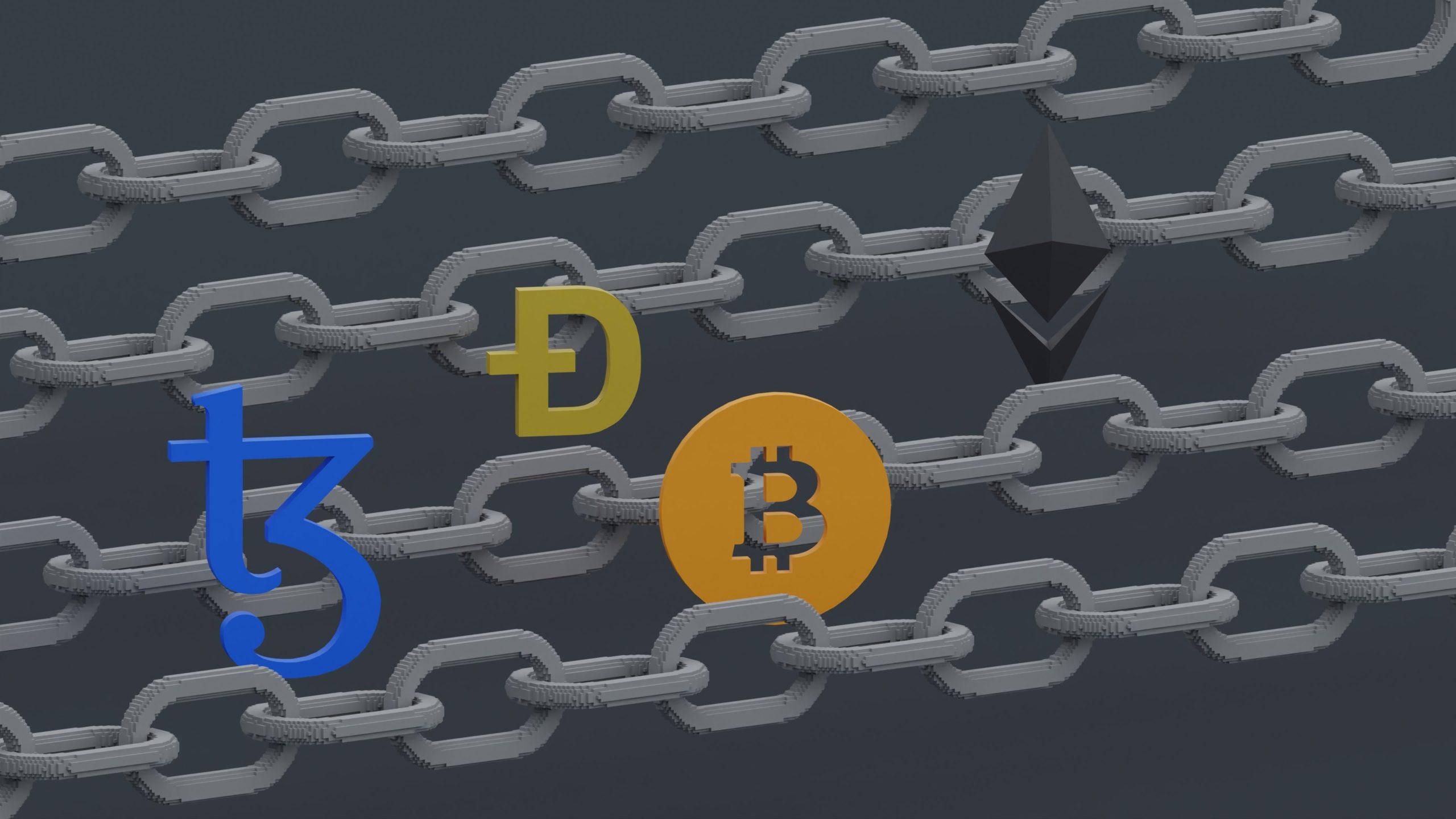
Few recent innovations in banking have shown the same level of potential as blockchain-based solutions, especially given the rate it has matured at since 2008. While the term Blockchain may have first entered widespread usage thanks to cryptocurrency; the applications of Blockchain-based solutions and tools have utility in countless areas of banking.
David Palmer is Blockchain Lead at Vodafone Business. He explains the potential of blockchain technology and some exciting use cases:
“Blockchain has the potential to revolutionise finance and provide opportunity for new customer experiences and transactions based on trust provided by immutability and digital identity. The potential to power new embedded finance solutions is exciting as well as providing trust and smart contracting for embedded finance for IoT”.
From the creation of smart contracts to reducing operational costs and removing the role of conventional industry gatekeepers, Blockchain is set to transform many traditional ways of working in the finance industry.
For example, distributed ledger technology (DLT) is one of the central tools that the banking sector can benefit from embracing. Essentially, a distributed ledger is a shared database that is able to securely record data without the need for an intermediary. Multiple transactions can be recorded across different locations and a single version of ‘truth’ can be achieved.
Michele Nati is Head of Infrastructure at the IOTA Foundation, a non-profit foundation that develops next-generation protocols to enable people and devices to connect and share information.
Michele shares his insights into the evolution of blockchain and how greater accessibility will leader to wider adoption.
“Blockchains initially brought to the banking industry a new way of transferring value and providing bookkeeping. New developments and new generations of the technology open up the opportunity to completely decentralize finance, by trading any sort of asset and safely and securely identifying customers.
NFTs and Decentralized identities are the pillars of web3 which will also revolutionise the banking sector. To be ready for that, it is time to develop and offer platforms that makes blockchain infrastructure and web3 easily accessible.”
Diverse solutions
A complex array of interconnected technologies and advanced computer systems form the basis of Blockchain technologies. Protocols are core elements of these networks as they enable information to be securely shared across computer systems and define how data needs to be structured to be accepted.
Hundreds of protocols are active today but several major protocols are in use, all with different aims. Open-source Hyperledger project is most commonly used to build Blockchain software as it offers comprehensive libraries to help with development.
For enterprises in the finance sector, Quorum is one of the leading protocols, in part due to the strong support it has received from financial institutions such as J.P. Morgan Chase. Selecting the right protocol is a major part of any Blockchain software project with this choice dictating a great deal of the potential functionality of the end software product.
When working with Blockchain-backed solutions, the terms ‘layer-1’ and ‘layer-2’ solutions are often discussed. The underlying core Blockchain architecture is layer-1, with layer-2 including the network that sits on top of the Blockchain. Layer-2 networks are developed to interact with and support the layer-1 blockchain – the most important thing to note is that they increase transaction speeds and lower fees.
Active ecosystem
Many financial organisations and institutions are heavily investing in Blockchain-based technologies to optimise banking products and services for the customer’s benefit. J.P. Morgan Chase has been one of the most active firms in this space, with the company piloting solutions for a number of business lines.
J.P. Morgan established their prototype digital coin called JPM Coin in 2019 that was created to represent the US dollar and to be able to offer instant payments between institutional clients to reduce settlement times.
The bank also launched the J.P. Morgan Interbank Information Network (IIN) in 2018 to support their goal of eliminating friction in the cross-border payments space using a scalable, peer-to-peer network built on Blockchain technology.
Today, DeFi is one of the most visible applications for blockchain where decentralized financial infrastructure has become the basis for further innovations. Michael Messele is CEO at The Pillar Project, who are building an open-source cryptocurrency and token wallet, as well as forming the Pillar Foundation.
Michael comments on the potential of blockchain in DeFi, “The Blockchain era has brought in new asset classes and a new generation of users to the financial space through DeFi.”
While Blockchain is clearly one of the most interesting areas for banks to investigate at the moment, the ecosystem is still in relative infancy. Thanks to the work done by first-movers and those who have advanced the technology since its earliest days, the next-generation of Blockchain-backed financial solutions will be well placed to fundamentally improve everything from trade finance to offering credit to customers.
________________________________________________________________________________________________________________________________
Join us at FTT DeFi on 12th July to learn more about the basic principles of blockchain, major protocols and how the technology can be implemented to optimise banking products.











